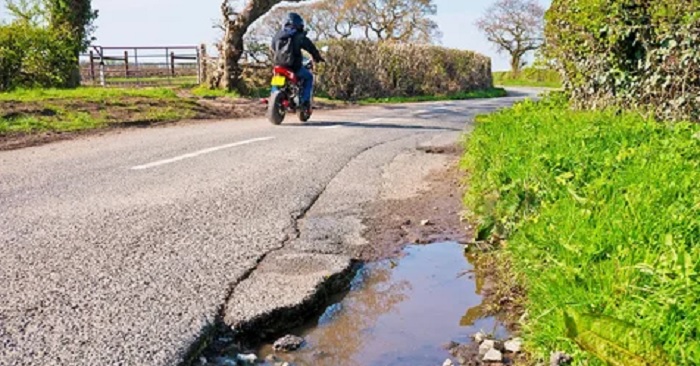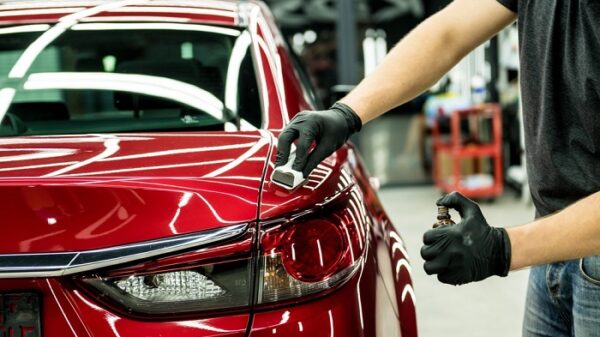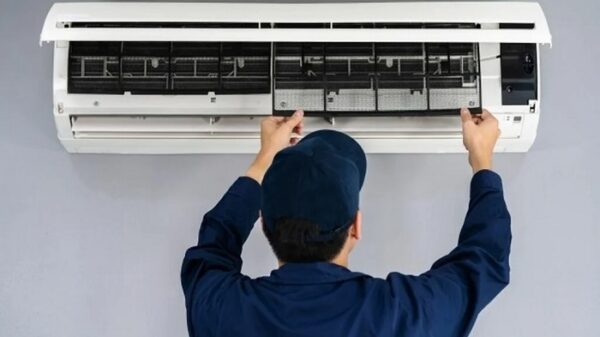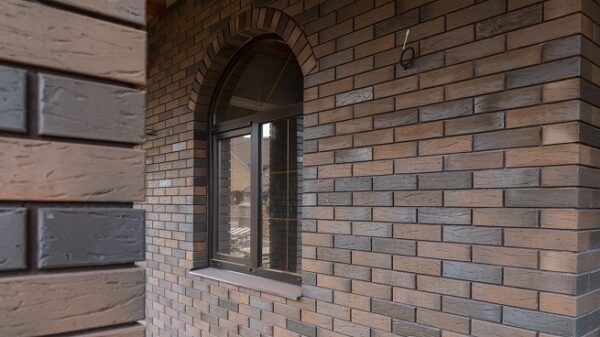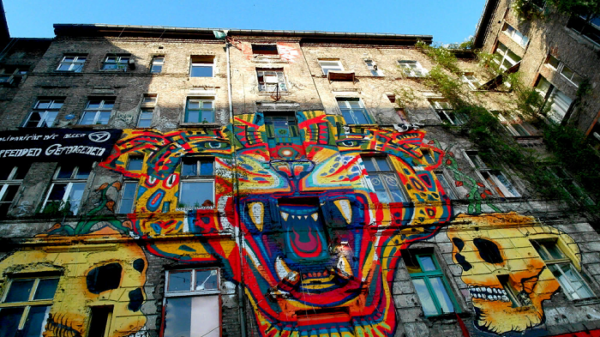Tarmac resurfacing is a process that restores the condition of paved surfaces, improving their structural integrity and visual appeal. As one of the most widely used materials for driveways, parking lots, and roads, tarmacadam (commonly referred to as “tarmac”) is valued for its cost-efficiency, durability, and low maintenance requirements. However, like all surfaces exposed to constant use and weathering, tarmac can degrade over time, necessitating resurfacing to maintain its functionality.
This article explores what tarmac resurfacing entails, the issues it resolves, and why it is a vital service for both residential and commercial properties.
What is Tarmac Resurfacing?
Tarmac resurfacing involves applying a new layer of tarmac over an existing surface. It is a cost-effective alternative to full replacement, addressing common problems such as cracks, potholes, and surface discolouration. This process is typically carried out by trained professionals who use specialised equipment to ensure a durable and smooth finish.
Resurfacing is not merely about aesthetics; it strengthens the underlying surface, enhancing its longevity and resistance to further damage. Whether for a private driveway or a busy roadway, tarmac resurfacing ensures that the paved area remains safe, functional, and visually appealing.
Key Problems Solved by Tarmac Resurfacing
1. Cracks and Potholes
Cracks and potholes are among the most common issues affecting tarmac surfaces. They develop due to weather changes, water penetration, and the constant pressure of vehicles. Left unaddressed, these problems can worsen, leading to more extensive and costly repairs.
2. Surface Fading
Prolonged exposure to sunlight causes tarmac to fade, giving it a worn and unattractive appearance. Resurfacing restores the surface to its original colour, enhancing the overall aesthetic.
3. Water Pooling
Improper drainage can result in standing water, which accelerates surface degradation. Resurfacing helps correct uneven areas and improve water runoff, preventing long-term damage.
4. Wear and Tear from Traffic
High-traffic areas, such as car parks and busy driveways, experience significant wear and tear over time. Resurfacing ensures these areas remain smooth and safe for daily use.
The Resurfacing Process in Detail
Step 1: Assessment
Before any work begins, the existing tarmac surface is thoroughly inspected to identify damage and determine the best course of action.
Step 2: Surface Preparation
The area is cleaned to remove dirt, debris, and vegetation. Any loose or broken tarmac is removed to ensure a stable base for the new layer.
Step 3: Repairs
Cracks and potholes are filled, and uneven sections are leveled. This step is crucial for ensuring the new tarmac layer adheres properly.
Step 4: Application
A fresh layer of tarmac is applied and compacted using rollers or other heavy machinery. The compaction process ensures the surface is strong and long-lasting.
Step 5: Finishing
Edges are smoothed, and the surface is left to cure. After the curing process, the resurfaced area is ready for use.
Why Choose Tarmac Resurfacing Over Replacement?
Resurfacing offers several advantages compared to replacing the entire tarmac surface:
- Cost Savings: Resurfacing is a fraction of the cost of complete replacement, making it an economical choice for property owners.
- Time Efficiency: The process is quicker than a full replacement, causing minimal disruption to daily activities.
- Environmentally Friendly: By reusing the existing base, resurfacing reduces waste and conserves resources.
- Improved Longevity: Proper resurfacing extends the lifespan of the tarmac, delaying the need for more significant repairs or replacements.
The Benefits of Regular Tarmac Resurfacing
1. Enhanced Safety
Damaged surfaces are hazardous for both pedestrians and vehicles. Resurfacing eliminates these risks by creating a smooth and even surface.
2. Improved Aesthetics
A freshly resurfaced tarmac area enhances the overall appearance of a property, making it look clean and well-maintained.
3. Increased Property Value
Well-maintained driveways and parking lots add value to residential and commercial properties, reflecting positively on their owners.
4. Long-Term Cost Efficiency
Regular resurfacing prevents small issues from escalating into major problems, saving money in the long run.
5. Sustainability
Modern resurfacing techniques often incorporate recycled materials, reducing the environmental impact of the process.
When Should You Resurface Tarmac?
Knowing when to resurface your tarmac is essential to avoid costly repairs. Here are some signs that resurfacing is needed:
- Visible Cracks or Potholes: These are clear indicators that the surface is compromised.
- Fading Colour: A dull or grey appearance suggests that the tarmac has aged and lost its protective properties.
- Uneven Areas: If the surface feels bumpy or uneven, resurfacing can restore its smoothness.
- Water Pooling: Persistent puddles indicate drainage problems that resurfacing can resolve.
- Frequent Repairs: If you find yourself repeatedly patching up the surface, it\u2019s time to consider resurfacing as a more permanent solution.
Tarmac resurfacing Norwich is a vital service for preserving the safety, functionality, and appearance of paved areas. By addressing issues like cracks, potholes, and fading, resurfacing extends the life of tarmac surfaces while providing a cost-effective alternative to replacement.
Whether for residential, commercial, or public use, investing in professional resurfacing ensures that your tarmac areas remain in top condition. The benefits are undeniable: enhanced durability, improved safety, aesthetic appeal, and long-term cost savings. For property owners looking to maintain high standards and reduce maintenance expenses, tarmac resurfacing is the ideal solution.

